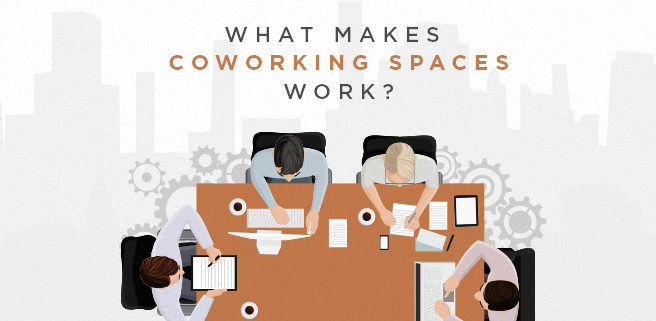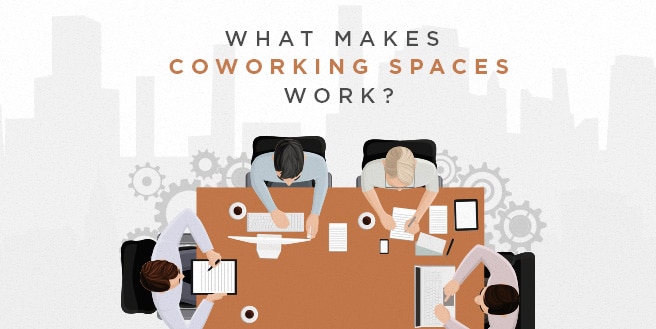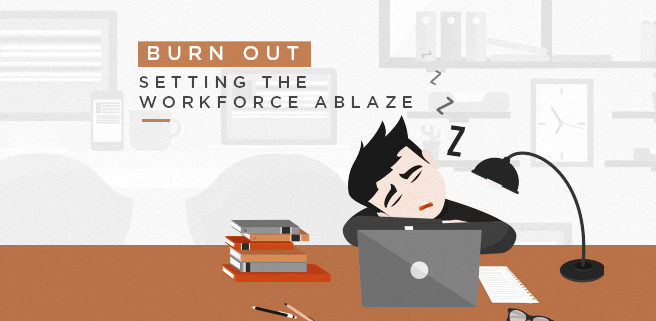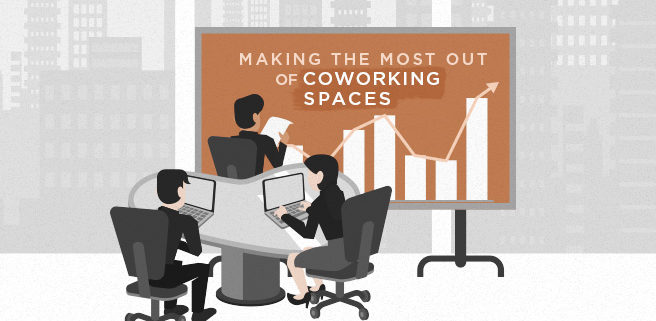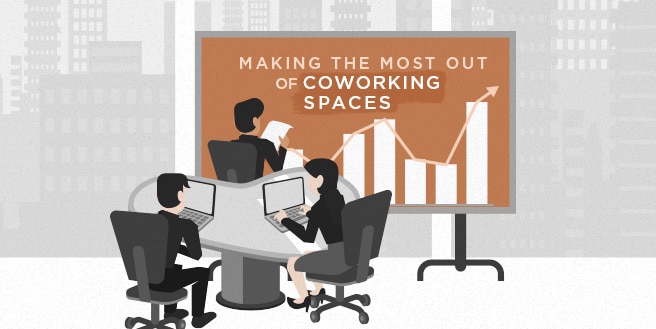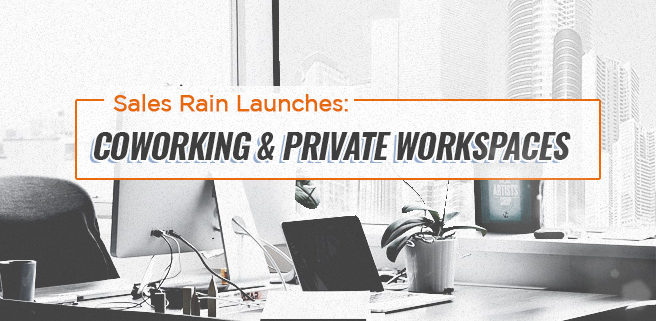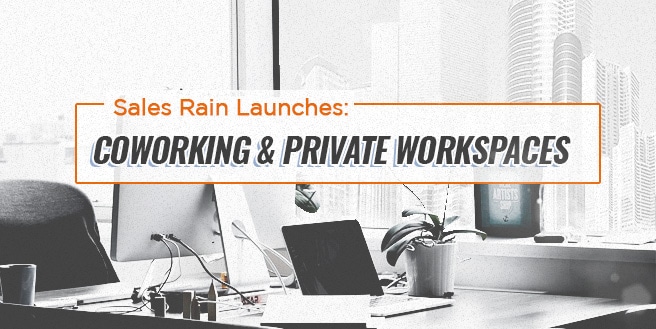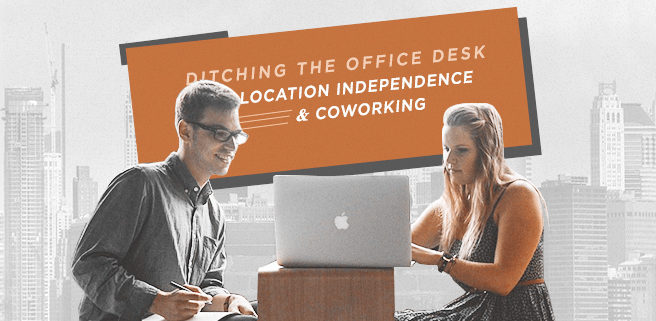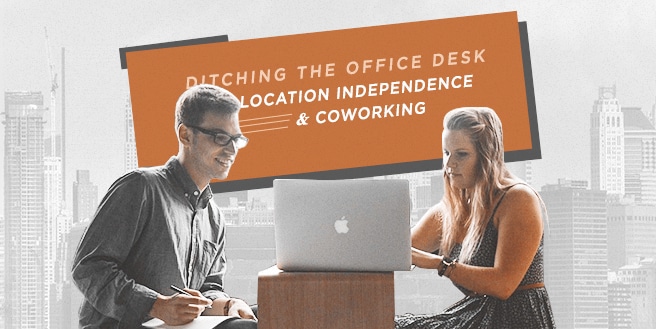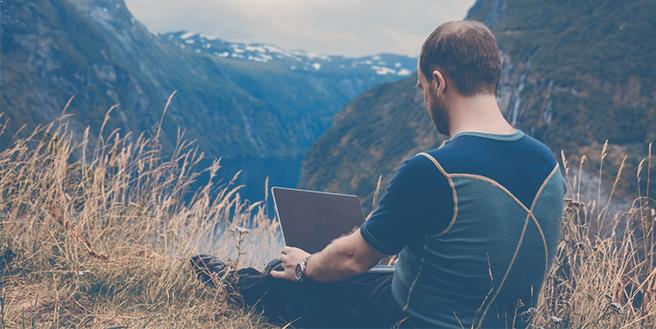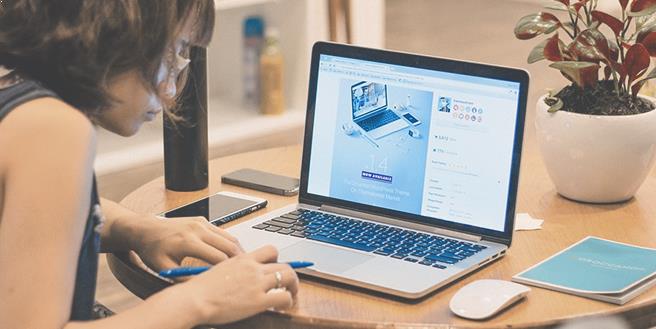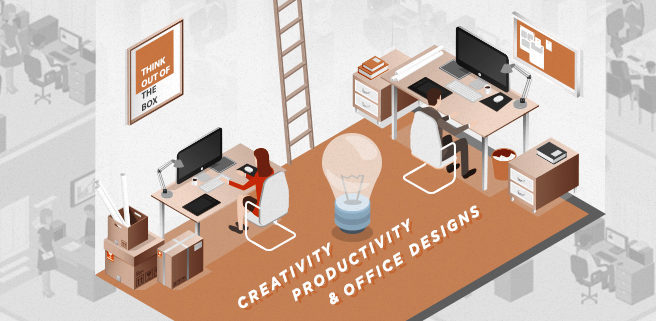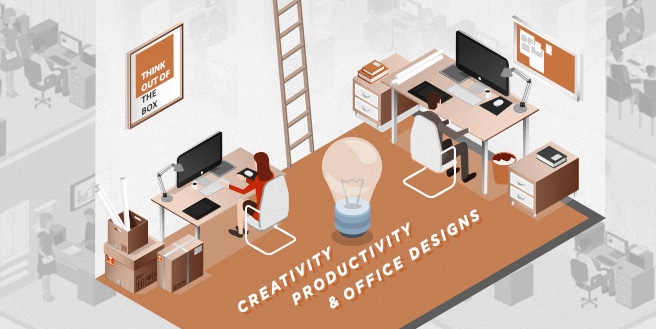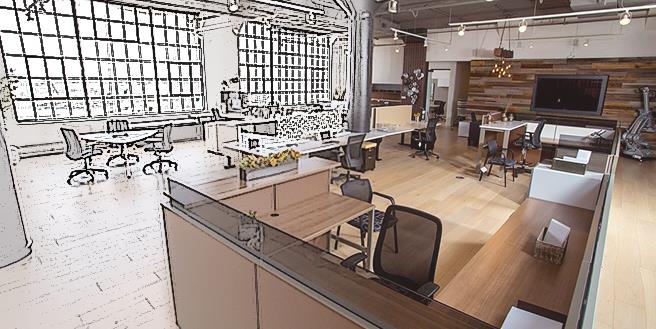Taking Risks: Embracing and Fostering Creativity in the Office
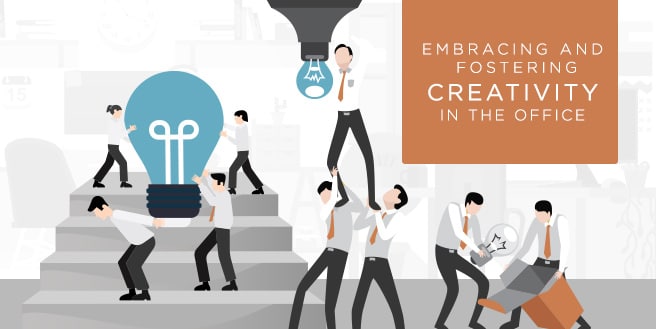
A traditional workplace would usually have small cubicles, plain office desks, conference rooms as well as a pantry. Though functional, it is often perceived as soul-draining, stale boxes that corporations use to house their operations.
As pessimistic as it sounds, this negative connotation towards desks and cubicles have been around for as long as society can remember. Even movies and TV shows depicted the bad reputations of offices and have made fun of how it seems to be void of inspiration whatsoever. However, despite all that, enterprises and in certain cases, even startups, opt for these dull boxes.
That is, until the industry felt the change brought to us by the upsurge of Millennials in today’s workforce.
With a generation that values purpose in their work, it comes as no surprise that these young professionals are searching for workplaces that foster creativity. Moreover, these types of offices bring so much more to the table other than attracting the best in today’s diverse talent pool.
Why You Should Take Risks
Creativity comes with a price, it takes risk and courage to face the unknown. And traditional office life provides no room for trying new things and failure. What most corporations doesn’t understand is that it allows for more meaningful results. Moreover, creativity is not just pretty presentations. Instead, it’s all about out-of-the box concepts and coming up with unique ways to solve problems.
Creative thinking and the courage to be daring shells out new ideas. These “thinkers” are valued in the workplace for their ability to create great results in mundane circumstances. Innovative problem solving comes into play when individuals are able to see all sides of an issue – coming up with solutions that are outright new and interesting, this surely takes the company to a whole new direction instead of going through the same beaten path.
Cultivating and Fostering Creativity
According to experts, disengaged employees cost organizations $450 to $550 billion, annually. Uninspired employees have the tendency to feel sluggish with their work and would often rely on the same concepts and solutions. And in order to avoid your team from going static, it’s important to implement changes that will cultivate creativity within the walls of your office. Not just by adding Ping Pong tables or nap rooms, but by actually embedding a culture that keeps individuals engaged and that provides importance and respect to other people’s ideas and thoughts.
Encourage individualism and teamwork. Allow your team to bring their whole self to work and give them the ability to inspire diversity and non-conformity. In addition to this, give positive feedback rather than negative ones. Rewarding them for being brave enough to take risks can motivate them to come up with unique ways to improve your services and even your workplace.
Fostering creativity at work can also be attained by actually moving into an office space that strongly encourages it. Startups and even large corporations can give Coworking a try. These well-known shared spaces take pride in the creative flow it allows within its vicinity. Moreover, with such a diverse community, self-expression is highly encouraged.
Being creative means taking risks and remaining fearless in the face of failure. Though it is often frowned upon, it invites and demands innovation.
Face your fears, see success in failure and join the community of the brave.

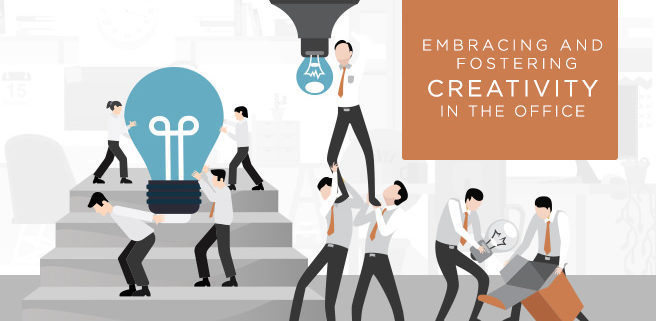
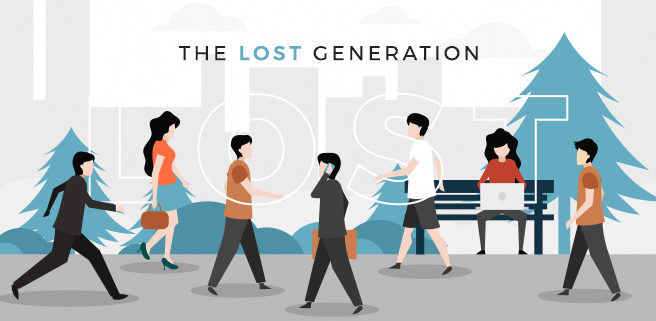
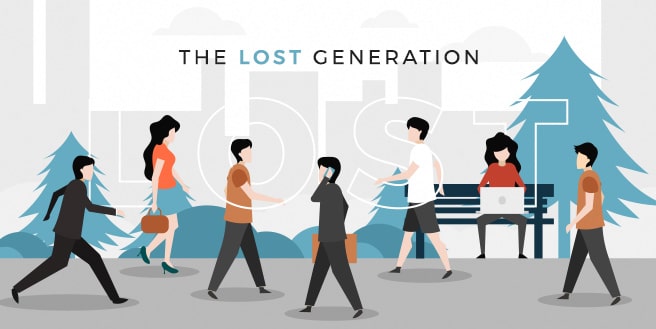
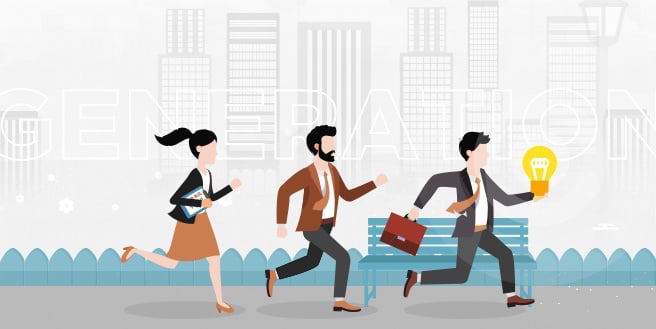
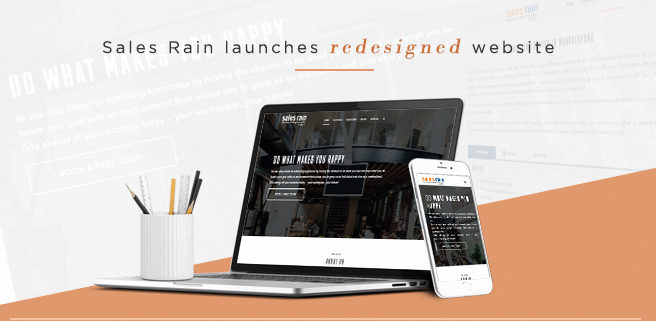
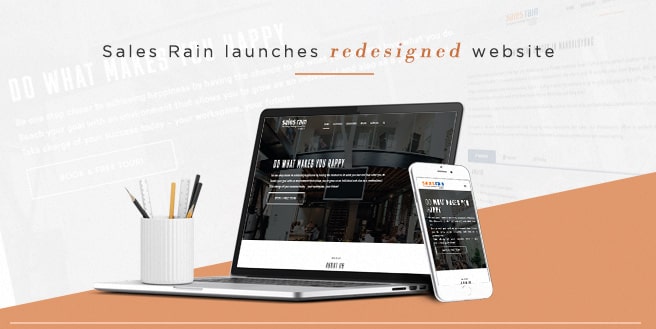
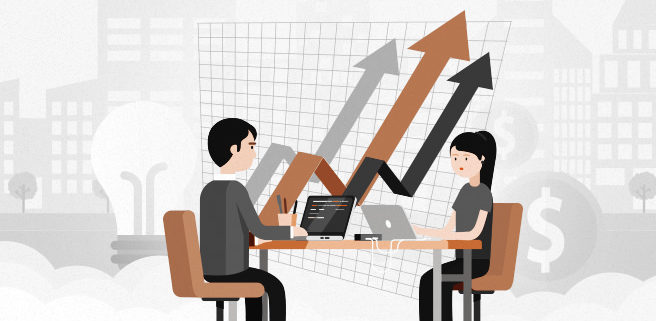

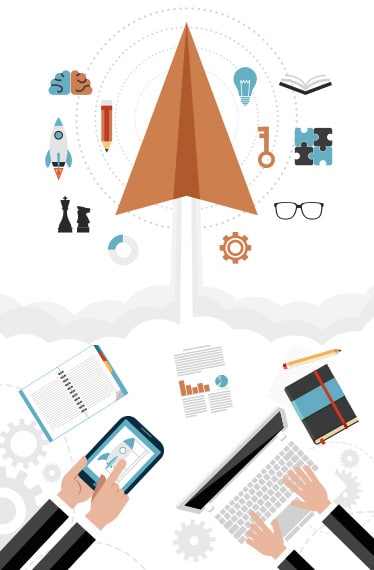 Accompanying the upsurge of startups is a demand for workspaces that would fit the needs of a budding company. With limited time and resources, startups need all the help that they can get.
Accompanying the upsurge of startups is a demand for workspaces that would fit the needs of a budding company. With limited time and resources, startups need all the help that they can get.